|
This should be an interesting post for most people. Looking out for artificial lighting for the BSF breeding has long been an effort in this industry, as an efficient light source can eliminate the variability caused by sunlight quality due to weather or seasonal changes, and thus secure a stable black soldier fly egg production. There are couple key studies in this field that I have to acknowledge for developing our final product of a high efficiency LED breeding lamp. Tomberlin, J. K. and D. C. Sheppard (2002). "Factors influencing mating and oviposition of black soldier flies (Diptera: Stratiomyidae) in a colony." Journal of Entomological Science 37(4): 345-352. --In this study the researchers mentioned they have tested 40-watt Sylvania Gro Lux light and 430-watt Pro Ultralight Light System, but neither of these lights had triggered mating nor unfertilized eggs were deposited, and by accessing direct sunlight successful mating was observed and fertilized eggs were collected. This suggested that sunlight are different than those two artificial lights and black soldier fly adults need direct sunlight for successful mating as well as for formation of fertilized eggs. Zhang, J., et al. (2010). "An artificial light source influences mating and oviposition of black soldier flies, Hermetia illucens." Journal of Insect Science 10(202). --The researchers in this studies tested a few dozen light sources and found quartz iodine lamp is working for the black soldier fly, at 60% efficiency compared to sunlight. The study suggested a wavelength range from 450-700nm is responsible for successful mating of black soldier fly adults. However hatching rate was not investigated in this study. Oonincx, D., et al. (2016). "Photoreceptor spectral sensitivity of the compound eyes of black soldier fly (Hermetia illucens) informing the design of LED-based illumination to enhance indoor reproduction." Journal of insect physiology 95: 133-139. --Unlike the previous studies, this one took another approach to find the effective light. The researchers identified three types of photoreceptor cells in the compound eye of BSF, which can be excited by UV, blue color, and green color lights, respectively. A LED made with this color mixture were proven to be able to trigger black soldier fly mating and producing fertilized eggs, though the study did not give out a fertilization rate, but it did indicate the fertilization rate is higher than using fluorescent lamps, which is barely emitting any light at the UV range. Nakamura, S., et al. (2016). "Small-scale rearing of the black soldier fly, Hermetia illucens (Diptera: Stratiomyidae), in the laboratory: low-cost and year-round rearing." Applied Entomology and Zoology 51(1): 161-166. --In this study a system composite with two 40-watt fluorescent lamps supplemented with a 20-watt LED with spectrum from 400-800nm triggered mating in small cages (20x23x35cm) and fertilized eggs were obtained. When compared with flies bred under sunlight, the eggs produced under the LED system has lower fertilization rate. The study from Zhang et al. (2010) had profound influence in the Chinese BSF breeding industry, as most breeding centers I visited had installed some quartz iodine lamps as light supplement. Though I did not see any breeding center had this lamp used as sole lighting source, as the main lighting source is still sunlight. The lights are only turned on when it's cloudy outside, or during the winter as this light emits huge amount of heat and can also be used as heating source. However this lamp has a big disadvantage and that is the energy consumption--as at least 500-watt is needed and usually people will use the 2000-watt version.
The EVO Consortium has long been looking for more efficient lighting sources, and there are indeed many lamps we found that works and we have observed couple key phenomenons:
So how to improve the lighting? Based on our researches there are basically two approaches to find better light sources. First approach is testing hundreds of lights from the market and find the best one for our BSF. The advantage of this approach is that you can usually find a lamp that's very cheap and working, the quartz iodine lamps for example, usually cost under $10 USD per piece. On the other hand, the disadvantage of this approach is also very obvious, using the iodine lamps as example again, around 80% of the energy were used to generated useless lights which resulted in extremely high operating cost. The second approach is to find out what lights does black soldier fly need for both mating stimulation and egg fertilization, then assemble the lights accordingly. The challenge of this approach is that we still know very little about how the light impact the black soldier fly physiology process that's responsible for mating success. Right now we only know what the black soldier fly compound eye can see, but potentially there are many more organisms that might be sensitive to the lights too, for example, the ocelli; the pigment cells on the body that make this insect black might be sensitive to the lights too, as we already know about human that even though we cannot see UV with our eyes, the UV helps us to produce substances such as vitamin D that's critical for our health. Based on all the information obtained, we hypothesize that:
Above are the experience we wanted to share with you of what we know about the artificial light for breeding black soldier fly. With an overall consideration, we decided to use LED technology to assemble the best light possible as of today. Author:
Spring Yang EVO Conversion Systems JM Green
28 Comments
After few years of research on this topic and 6 months of product development, we now can proudly bring to you the most energy efficient black soldier fly breeding light product developed by EVO BSF Consortium. It has been tested within the consortium as well as by some non-member associates, and we have confirmed this product is effective to all populations we tested. Now we are more than happy to share this knowledge and product with you. Learn more about the knowledge base behind this product development HERE
The 1000-Watt quartz iodine lamp (QIL) is the most prevalently used light source in the breeding industry today, and it can be replaced by a 150-Watt of our breeding LED. We can compare the operational cost of using each product considering both the cost of the lamp itself as well as the electricity consumption. 1000-Watt QIL is widely available at USD$10 each piece, and each lamp can last effective up to 6 months. Our 150-Watt LED is costing $390, and can last effective up to 2 years. Considering the electricity cost $0.15 USD per kWh (could be higher in many countries), and running lights 8 hrs per day, both lights will cost pretty much the same after first year. Going into the second year, however, the LED will save 40% over the whole time because only need to invest in the lamp once. This is just a comparison on the cost side. If considering the LED is safer to operate, and can induce more egg fertilization, the benefits of using our LED could be even more. However, it should be noted that light source is just one factor contributing to breeding success, and there are many other factors that's more or less important, such as temperature, humidity, and pupa quality, etc. Products are currently being shipped from China or USA, depending on the stock availability. Shipping cost is fixed regardless where the product is shipped from. If order more than 10 pieces please request bulk order pricing and shipping fee HERE Coming to IFW 2018 conference in Wuhan? Submit an order today to receive 10% OFF discount and pick it up at the conference to save on shipping!
|
AuthorIndividuals with over 25 years research experience with the black soldier fly. We are passionate about the science behind the black soldier fly and its ability to convert waste to protein. Get Notified Here
Archives
September 2022
Categories
All
Install an RSS app to get notified from us when a new post is up!
|
ServicesSupport |
About |

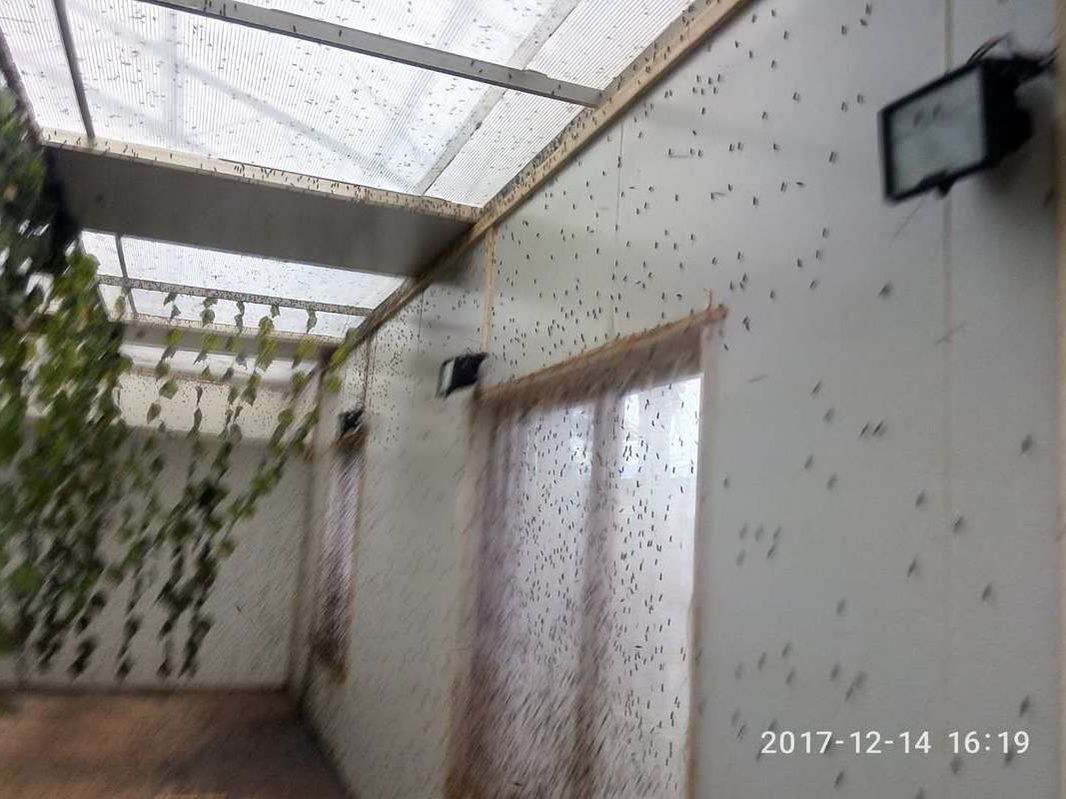
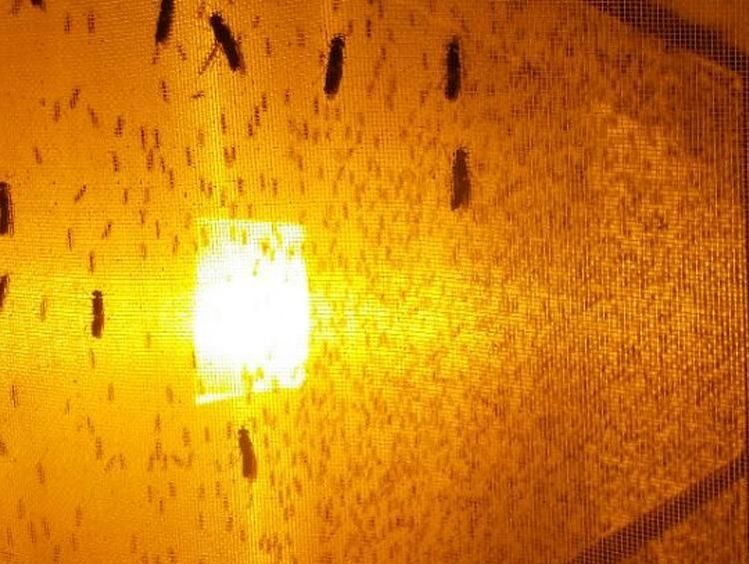
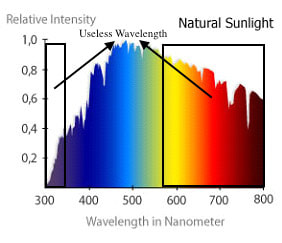
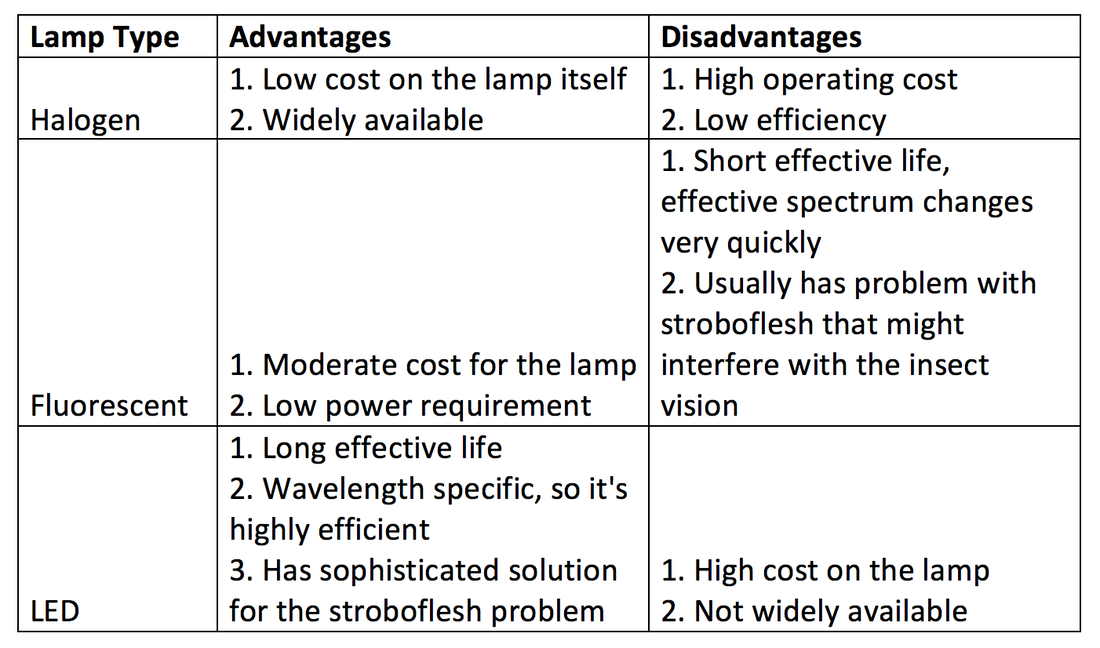

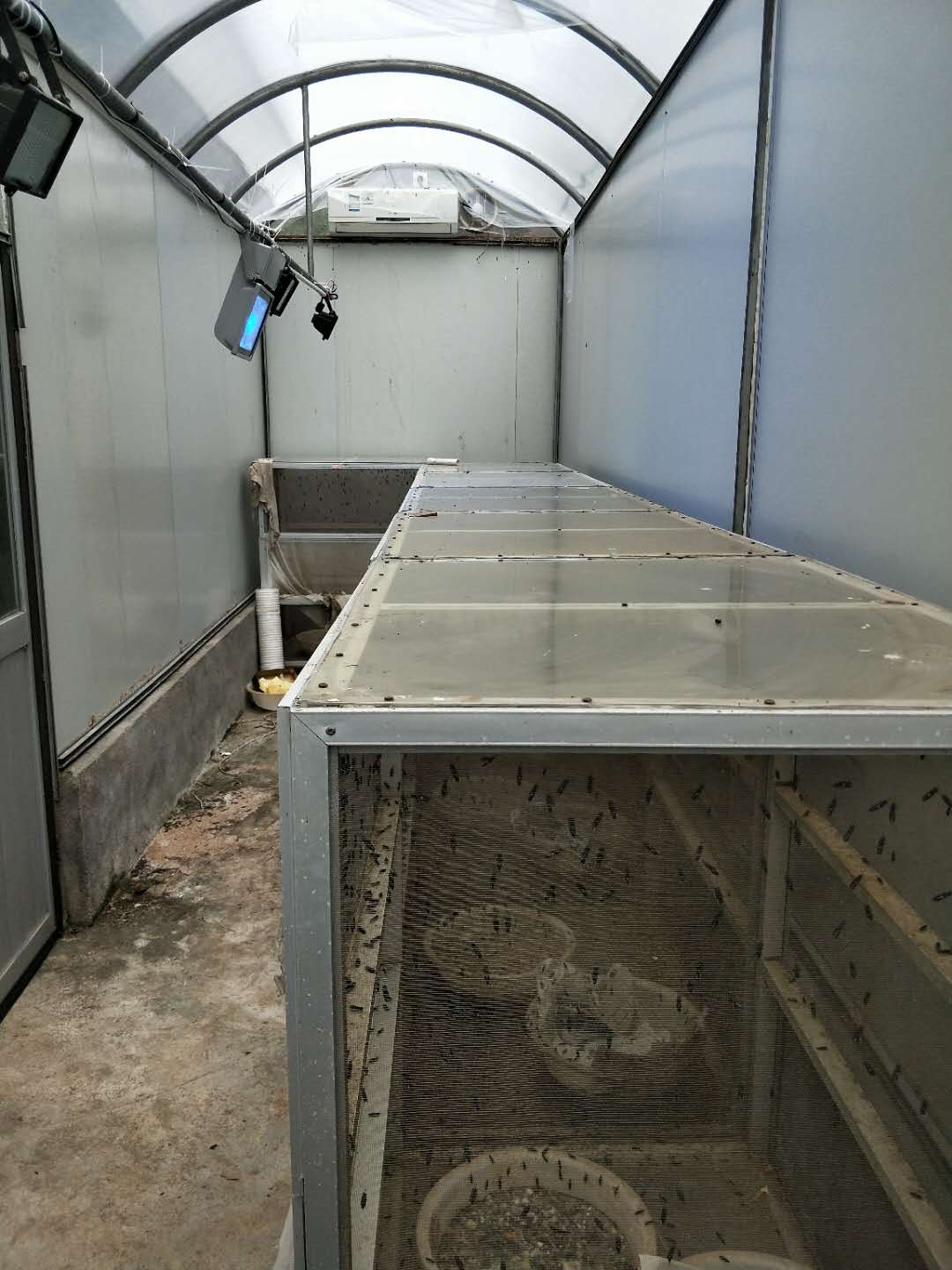
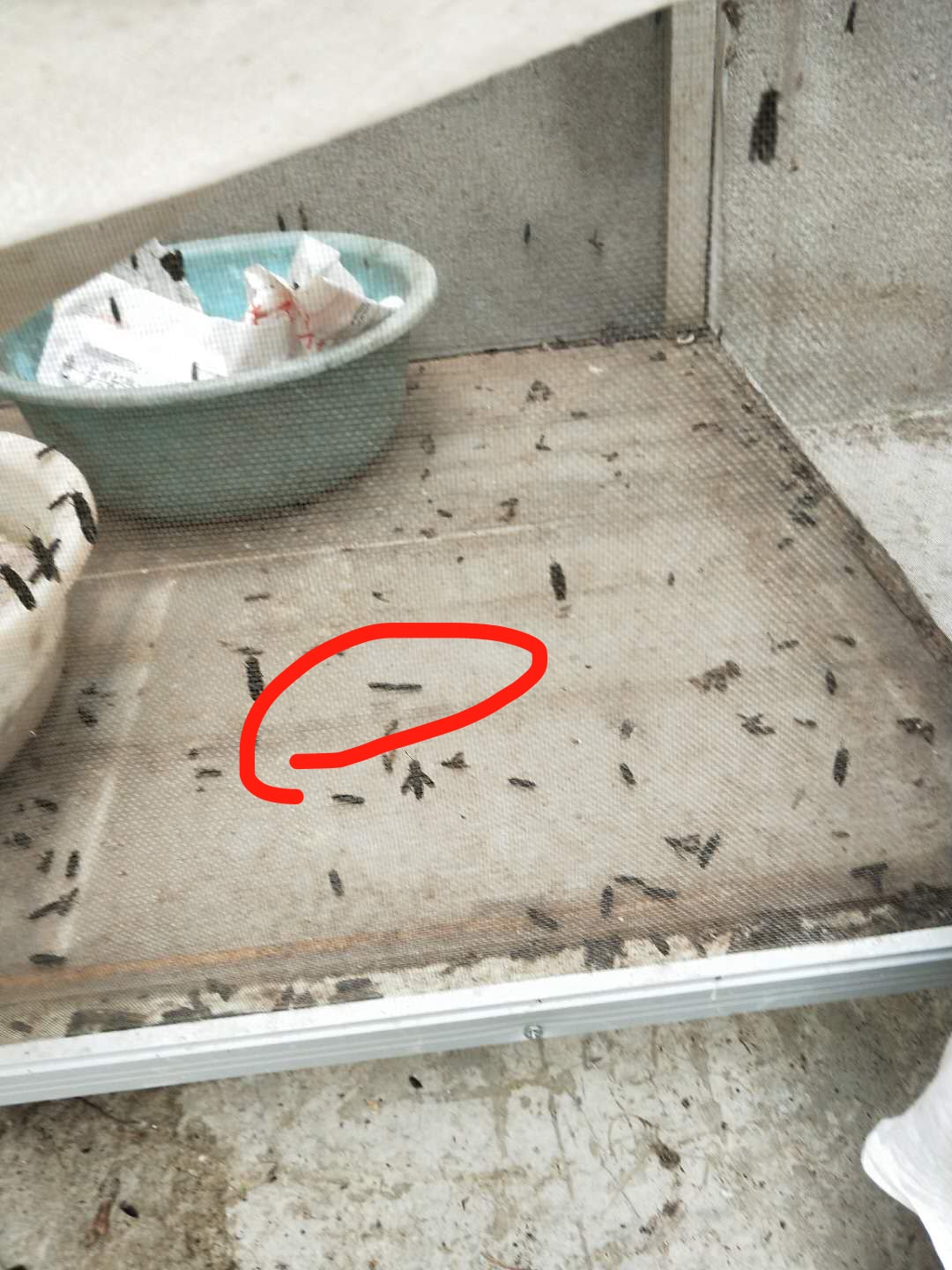
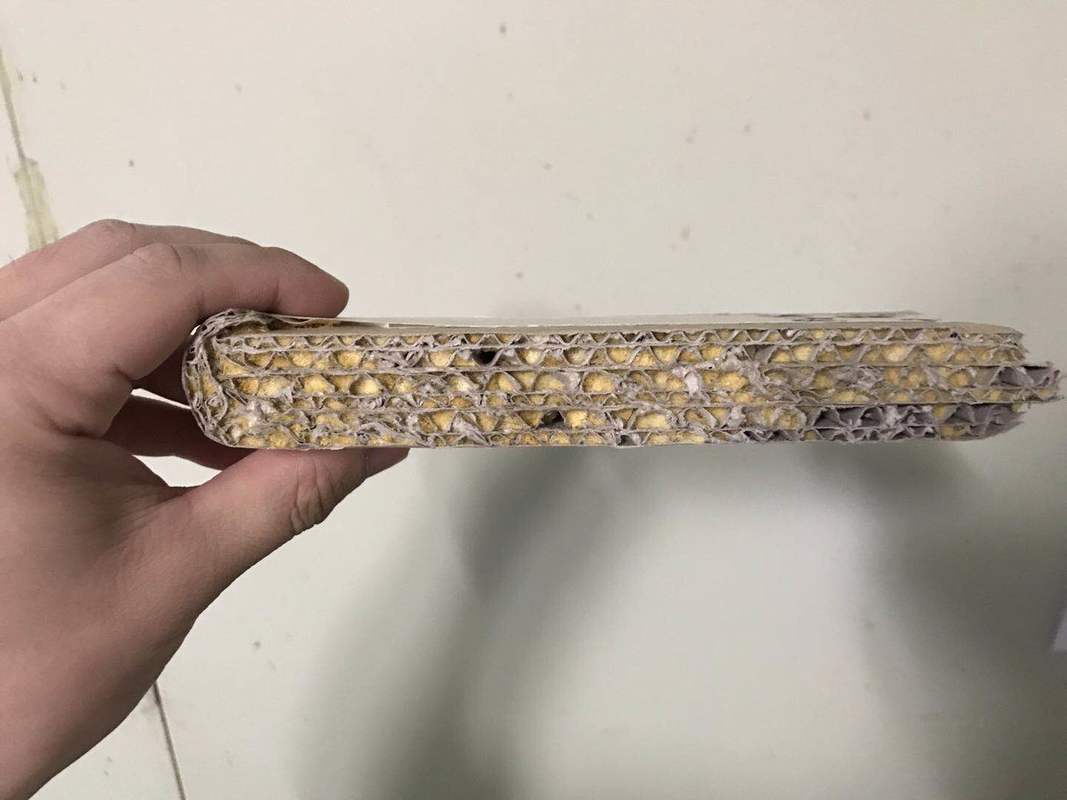
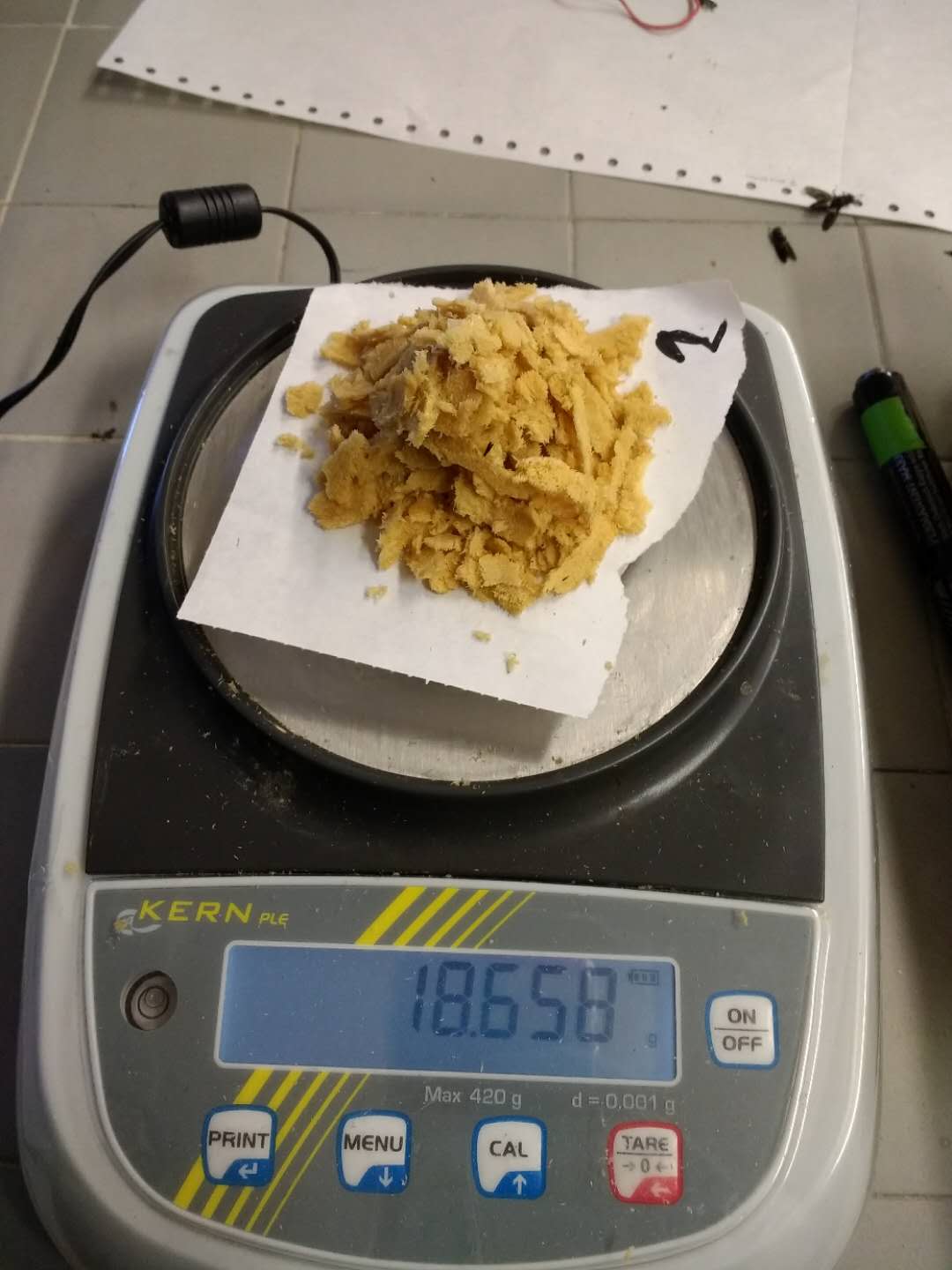
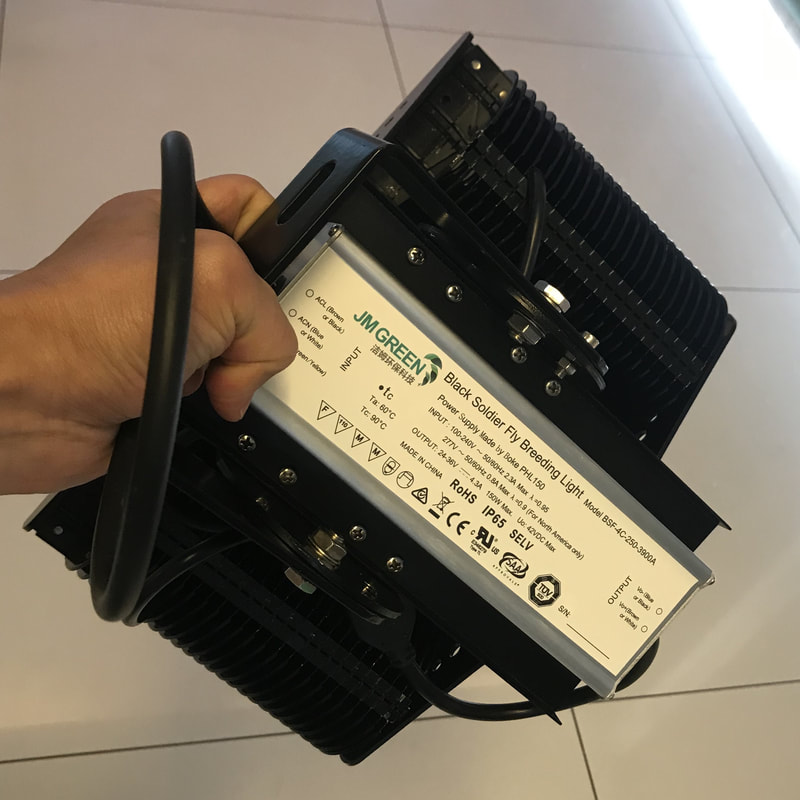
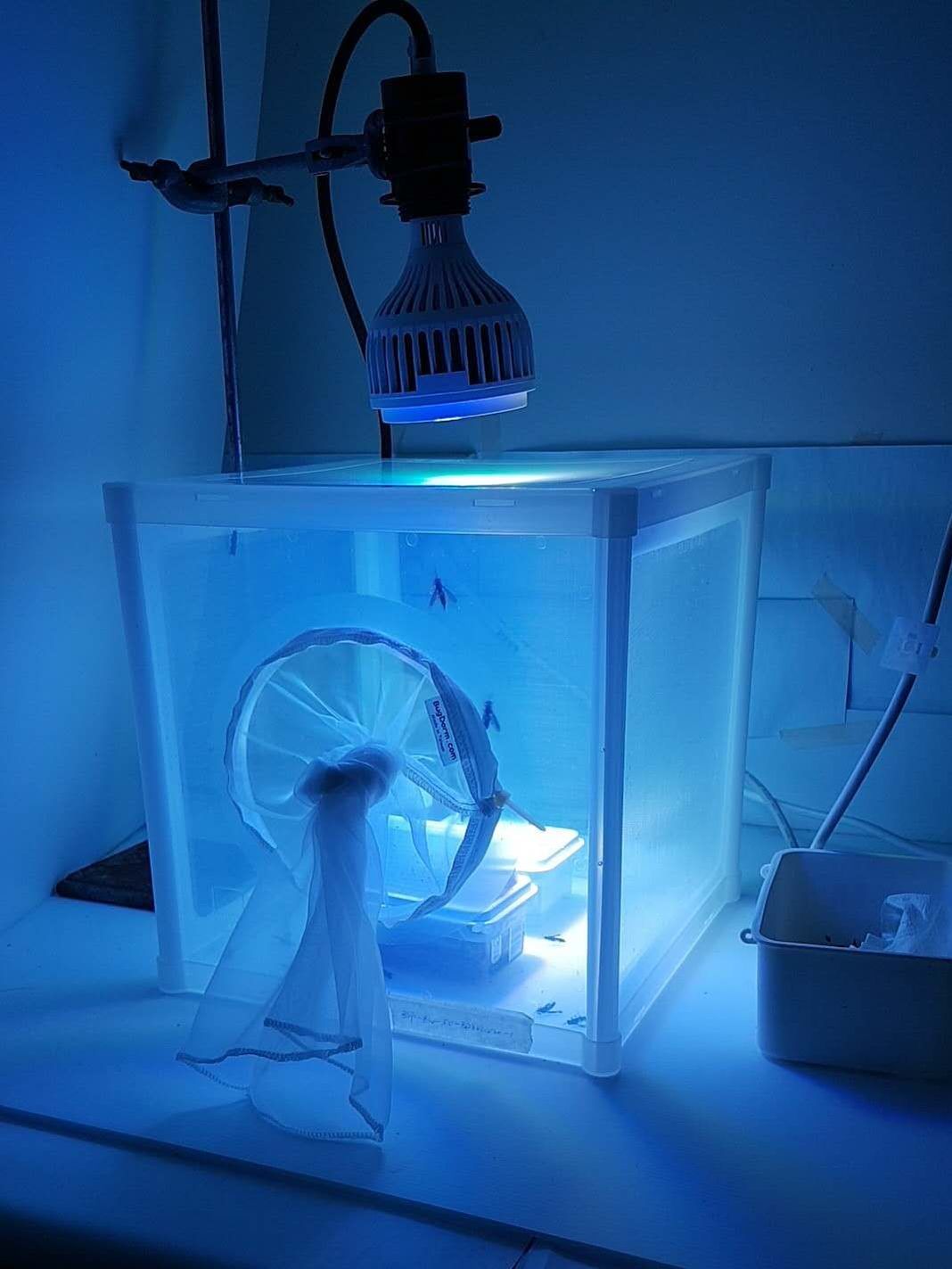
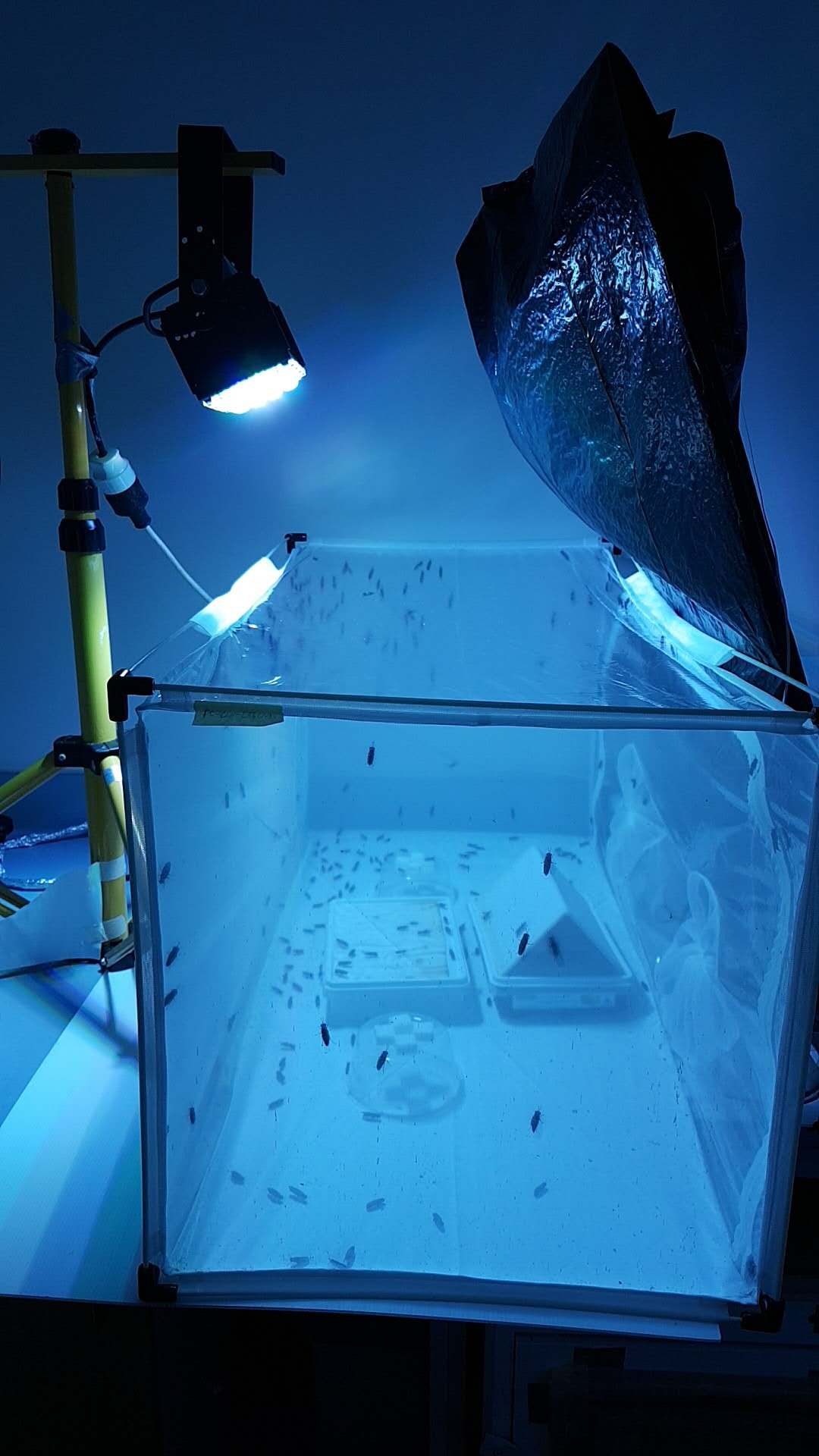
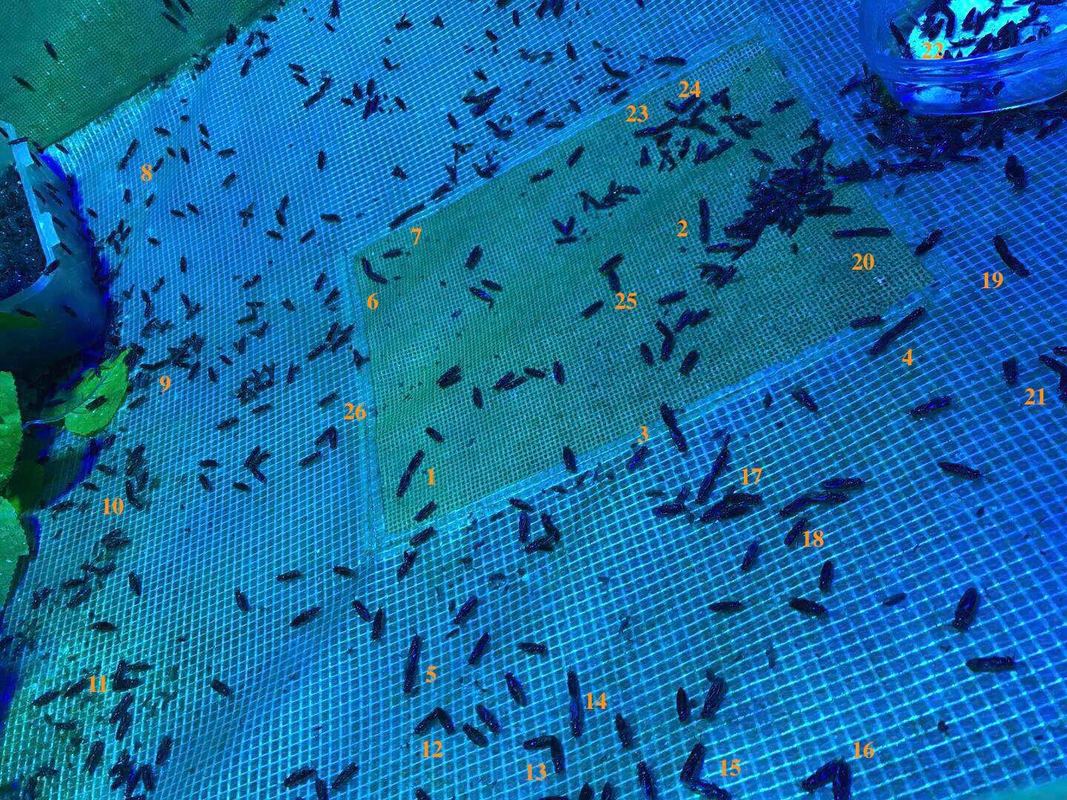
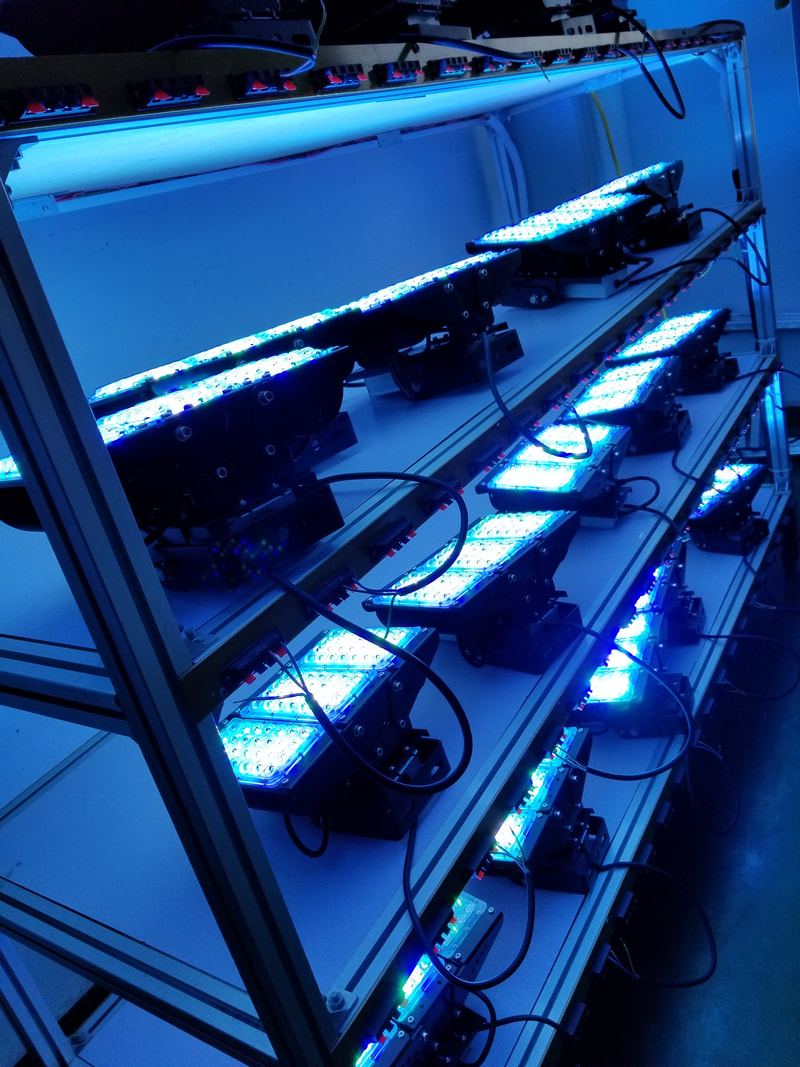
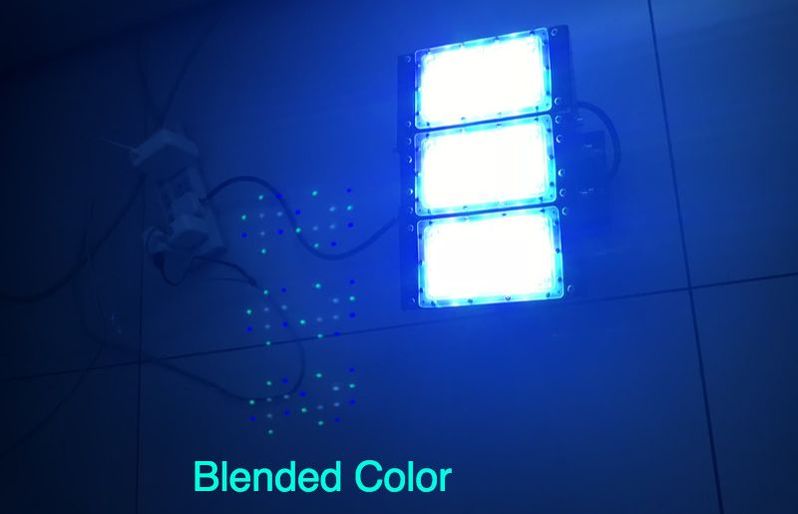
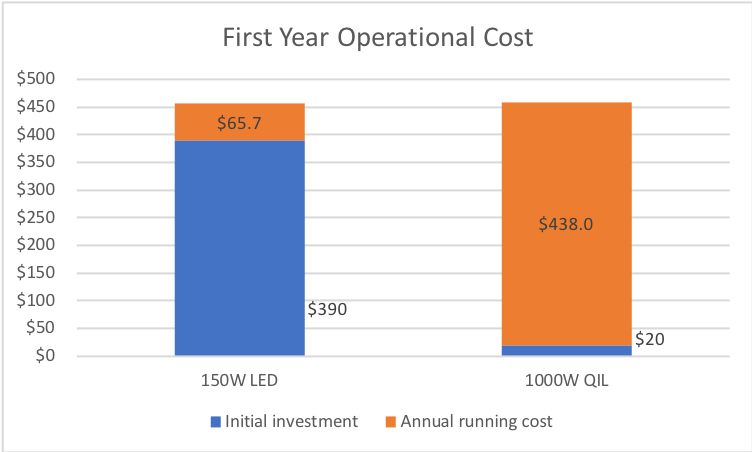
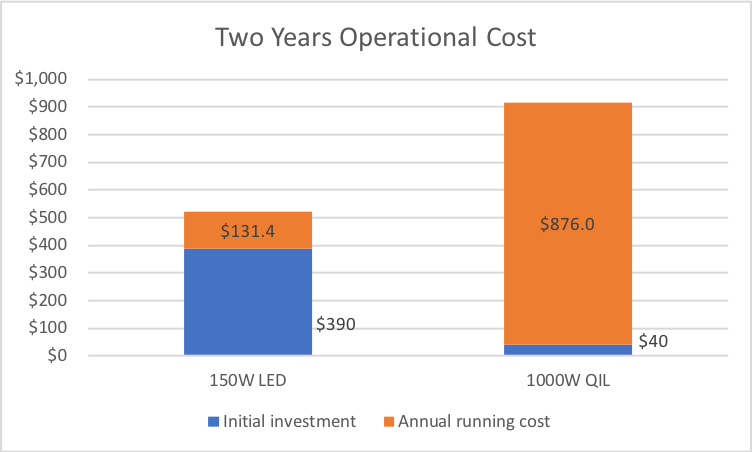



 RSS Feed
RSS Feed

